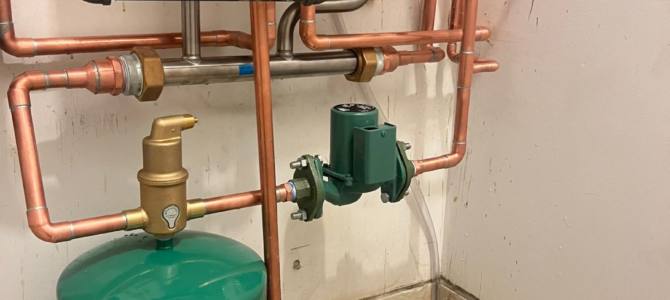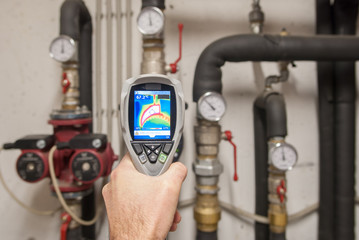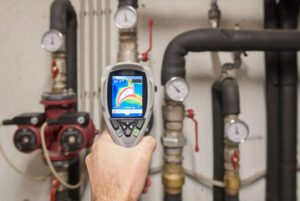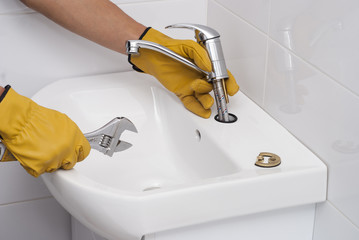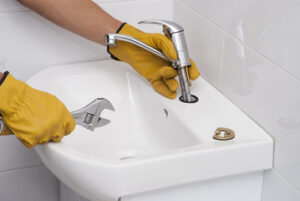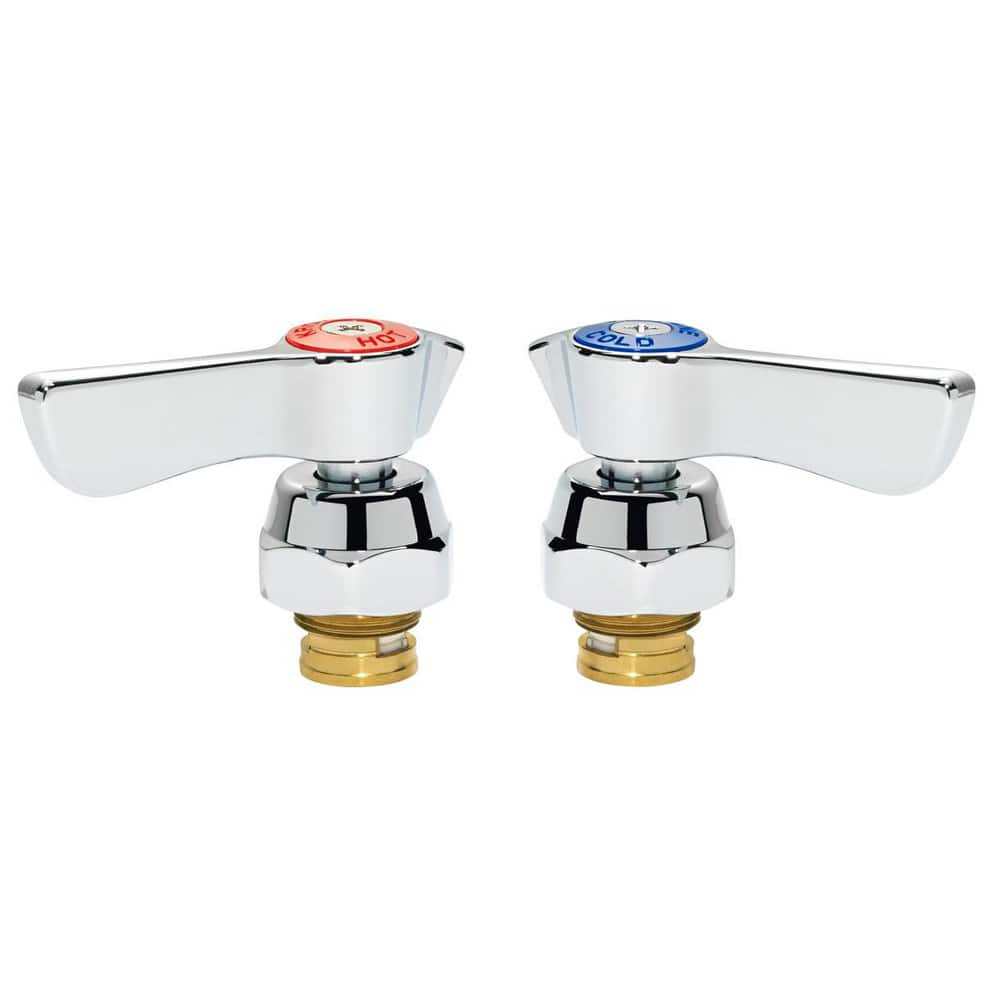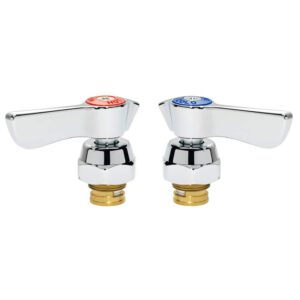Drain Cleaning Philadelphia PA removes build-up in your plumbing system that could lead to clogs. It is often overlooked until a problem occurs, but it should be part of your regular maintenance routine.
Most plumbers recommend avoiding chemical drain cleaners as they harm pipes and the environment. Instead, choose one of the many nonchemical options available.

Clogged drains are one of the most common plumbing problems. They can occur in any room of your home, but they are especially common in bathrooms. Excess hair can build up in the drain and prevent water from flowing properly, while soap residue can also cause blockages. Taking steps to minimize the amount of soap and shampoo that goes down your drains can help prevent these clogs. Using a shower cap or a drain stopper to catch excess hair can also be helpful.
Leaving a clogged drain to get worse can lead to costly damage to your pipes. Over time, the clog can cause the pipes to burst, leading to flooding and expensive repairs in your home. Clogged drains are best tackled as soon as you notice them, which is why it’s important to have a few DIY unclogging methods at the ready.
Pouring boiling water down a drain can often break up or dislodge a clog and allow water to flow freely again. This method works well for kitchen sinks, where grease and other debris can build up. If the hot water doesn’t work, try a more rudimentary approach–a wire hanger! Use the hook end to wiggle around the clog and then pull it up.
Another easy way to tackle a clogged drain is to use a plunger. A rubber plunger is ideal, but you can also use a metal plunger. When using a plunger, make sure that you cover the drain completely and that you are not pushing air out of the pipe. Press down and then quickly pull up, repeating this process several times until the clog is broken up or dislodged.
If you’ve tried both of these DIY methods without success, consider calling a professional to have the problem fixed. Store-bought drain cleaners are another option, though they are harsher on the pipes. A plumber can also advise you about preventing drain clogs by recommending the right materials for your home’s pipes and by encouraging regular maintenance. For example, a plumber can suggest installing a water softener for your home to reduce the amount of minerals that build up and prevent water flow.
A smelly drain or clogged toilet can stink up the entire room. Foul odors are caused by food, hair, soap scum and other debris that builds up in the drain or pipes. Regular drain cleaning helps eliminate bad odors and keeps them from coming back.
You may also notice that a sink or bathtub smells a little musty. This is usually a sign of a wet drain trap that needs to be dried out. Pouring a cup of baking soda down the drain followed by a cup of vinegar can help. After a few minutes, flush with hot water.
If you suspect that your home is experiencing a smelly sewer problem, call in a professional plumber immediately. They’ll be able to determine where the odor is coming from and fix the problem without damaging your home.
In addition to unpleasant odors, a clogged drain can lead to water damage in your home or business. Leaky drain lines can create puddles on the floors, walls and ceilings, which can cause mold to grow. Regular drain cleaning helps prevent clogs and reduces the risk of water damage.
Chemical drain cleaners are harsh and can damage your plumbing system as well as the environment. Caustic drain cleaners contain ingredients like sodium hydroxide, which can corrode metal and kill healthy bacteria in your pipes. These cleaners are best used for severe clogs and should only be handled by experienced plumbers.
A professional plumber can use mechanical tools to remove even the most stubborn clogs without compromising your pipes or health. In fact, these tools are far more effective than liquid drain cleaners in removing clogs.
A clogged drain or pipe can ruin your daily routine and leave your house or business with foul odors. By keeping your drains clean, you can prevent foul odors, save money on energy costs, and extend the life of your pipes and fixtures. For more information about the importance of drain cleaning, contact today!
Many homeowners use chemical drain cleaners when a home’s plumbing system becomes clogged. These chemicals’ corrosive properties break down the clog to allow wastewater to flow through. However, this type of drain cleaner often leaves behind residues and other harmful fumes. These fumes can be detrimental to a home’s pipes, as well as the health of a homeowner and his or her family. Liquid drain cleaners are also a hazard for children and pets. If they get liquid drain cleaner on their skin or inhale the fumes, they can experience severe burns, eye irritation and even respiratory issues.
The best way to avoid using chemical drain cleaners is to nip clogs in the bud with regular cleaning. By clearing the drains and pipes before they become blocked, homeowners can save themselves from costly repairs, odors, mold, pests, leaks and even frozen water in the winter time.
If you do need to use a chemical drain cleaner, be sure to follow the instructions on the label and take safety precautions. Wearing gloves, safety glasses and opening a window for ventilation will help to protect your skin, eyes and lungs. If you notice that a particular drain is smelling strongly, it’s a good idea to call your plumber right away. This could be an indication of a serious problem such as a broken pipe or a sewer line backup.
If you’re considering drain cleaning, be sure to call a professional plumber in Havertown. A professional will be able to identify and remove clogs, as well as make any necessary repairs to the plumbing system to prevent future problems. A professional can also provide a thorough inspection to confirm that the clogs have been removed and that the plumbing system is working properly. A professional can also advise a homeowner on nonchemical drain cleaning methods to keep the plumbing system functioning well for years to come.
Your drains are an essential part of your home’s plumbing system. Without working properly, they can cause all sorts of problems, from clogged sinks to water damage. That’s why it is important to keep them clean with regular drain cleaning services. A professional plumber in Havertown will be able to help you with this task and get your drains back to working as they should.
When a drain gets clogged, it can be very frustrating. It can also be dangerous for your health and lead to costly repairs. If you are experiencing issues with your drains, it is crucial to schedule a drain cleaning service right away. A clogged drain can affect your entire plumbing system and cause serious damage to your home.
A professional plumber will use tools like a snake to remove the clog and get your drains running again. This is a safer option than chemical drain cleaners, which can be harmful to your pipes and your health. Chemical drain cleaners often contain acid, which can eat through the material of your pipes and cause them to leak or burst.
Standing water in your home is a breeding ground for bacteria, mold and mildew. This can lead to serious health problems for you and your family. It can also ruin your furniture, flooring and other items in the area. Regular drain cleaning can prevent these issues from happening and keep your home safe.
It is possible to do drain cleaning on your own, but it is usually best to leave it to the professionals. A professional will be able to use tools like a snake or hydro jetting to unclog your drains and clean out your pipes. This method is much more effective and safe than using a liquid drain cleaner.
You should also avoid putting anything down your drains that you shouldn’t. This includes grease, food particles, hair, paper and other debris. Regularly drain cleaning your home’s plumbing can help prevent clogs and save you money on water bills. If you notice a clogged drain, call your local plumber right away to schedule an appointment for drain cleaning.

